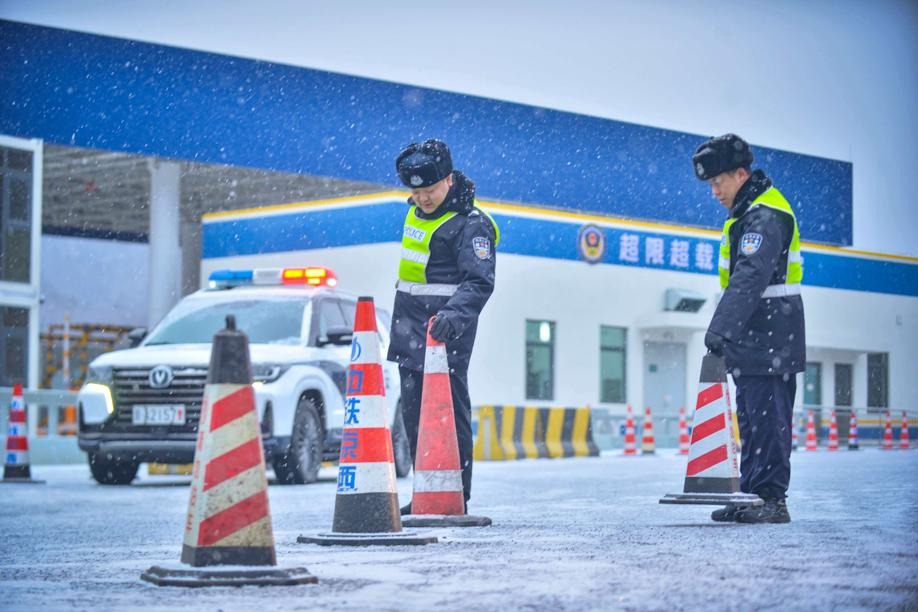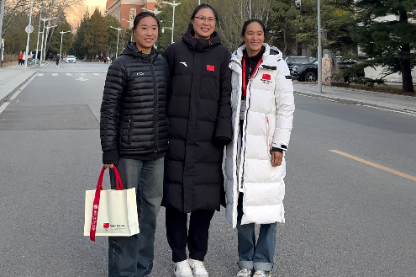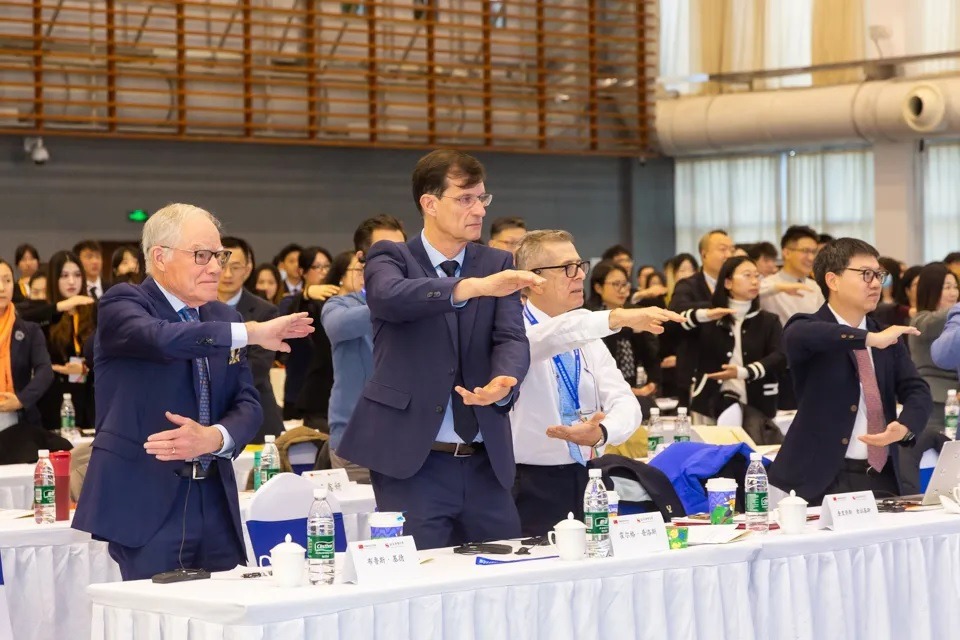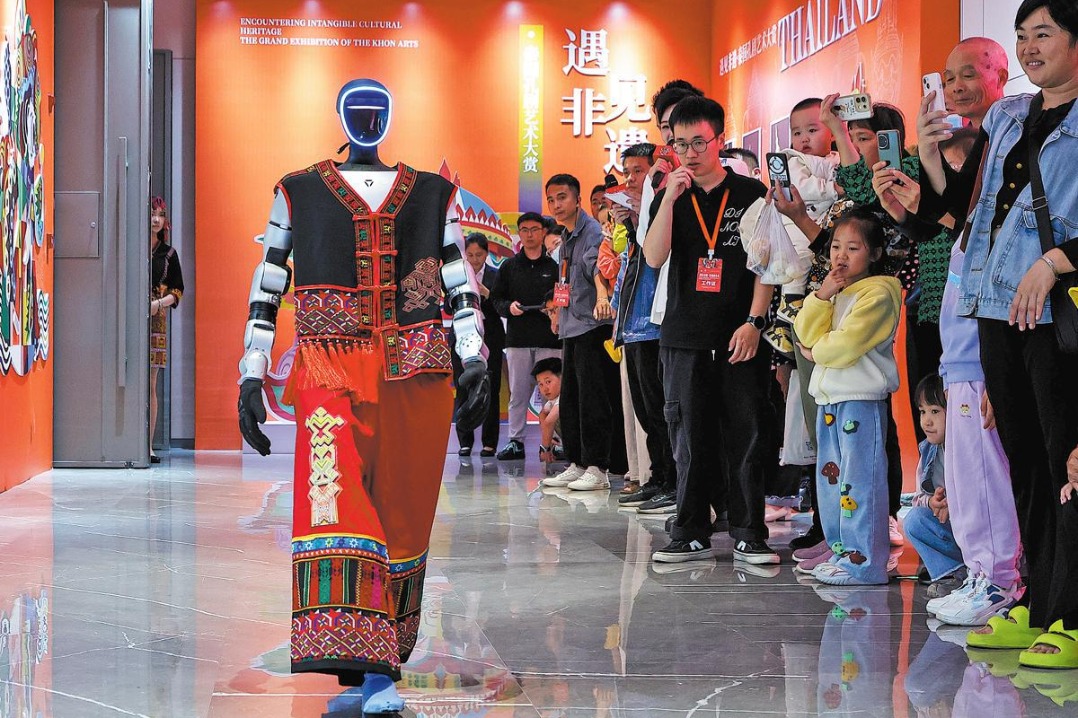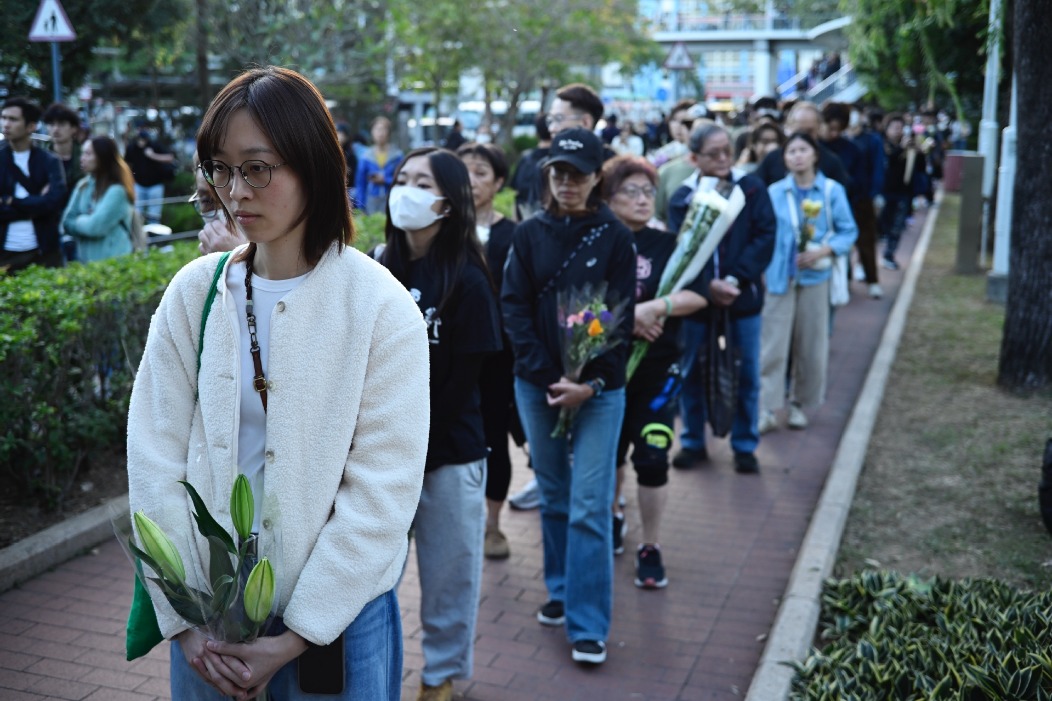Beijing opens extreme-condition research facility


Many Nobel Prize-winning breakthroughs in recent decades, such as the integer quantum Hall effect (1985 Nobel Prize in Physics) and high-temperature superconductors (1987 Nobel Prize in Physics), were achieved under extreme laboratory conditions.
These foundational discoveries later evolved into transformative technologies such as maglev trains, femtosecond laser eye surgery, satellite telescopes and quantum chips.
"Developed nations such as the United States, European countries and Japan have heavily invested in extreme-condition research. The completion of the SECUF significantly enhances our nation's capabilities in materials science and related fields, playing a pivotal role in advancing technological progress," said Cheng Jinguang, deputy director of the Institute of Physics.
- China willing to advance just and equitable global anti-corruption system
- Chongqing hosts Silver Age fashion model competition
- Hengshan Mountain glistens with iconic winter rime scenery
- Ningbo hospital staff disciplined following pediatric surgery death
- Mainland warns Taiwan leader against provoking conflict
- Former senior official of Shenzhen under investigation




















